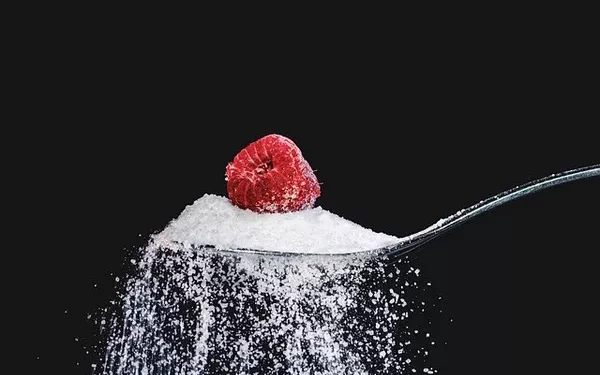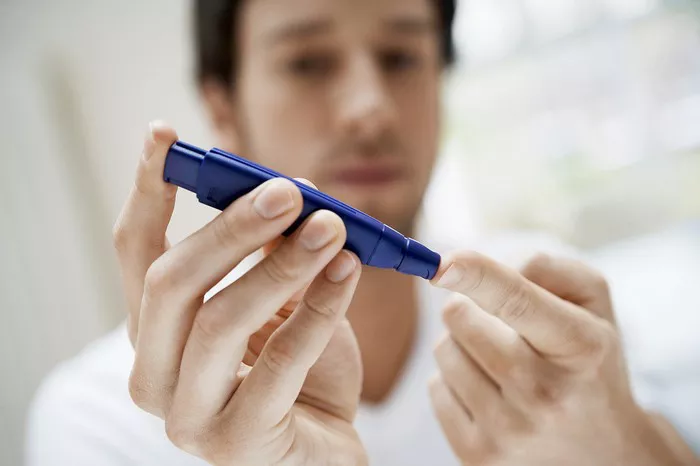Low blood sugar, also known as hypoglycemia, can be a serious concern for individuals with diabetes. It occurs when the blood sugar (glucose) levels fall below the normal range, typically under 70 mg/dL. If left untreated, hypoglycemia can lead to dizziness, confusion, fainting, and even seizures in extreme cases. For diabetics, the importance of managing blood sugar levels cannot be overstated. One crucial aspect of diabetes care is knowing what to eat when experiencing a blood sugar drop. This article will explore effective strategies, specific foods, and timing for consuming them to counteract a sugar drop safely.
Understanding Hypoglycemia and Its Impact on Your Body
Before delving into what to eat, it’s essential to understand hypoglycemia and how it affects the body. When the body’s glucose levels fall too low, it does not have enough energy to function correctly. This can cause physical and mental symptoms. The body typically combats low blood sugar by releasing hormones such as adrenaline and cortisol, which can result in sweating, shaking, and a rapid heartbeat.
For people with diabetes, hypoglycemia often results from medications like insulin or sulfonylureas that lower blood sugar too much. It can also happen when meals are skipped, or when too much physical activity is performed without adequate carbohydrate intake.
How to Recognize the Signs of Low Blood Sugar
Recognizing hypoglycemia early is key to preventing serious health complications. Common symptoms include:
- Shaking or trembling
- Sweating
- Dizziness or lightheadedness
- Irritability or mood changes
- Fatigue or weakness
- Difficulty concentrating or confusion
- Headache
- Rapid heartbeat
If you experience these symptoms, it’s important to test your blood sugar to confirm whether it’s low.
First Steps When Your Blood Sugar Drops
If you suspect your blood sugar has dropped, the first step is to consume fast-acting carbohydrates that will raise blood sugar levels quickly. This is crucial because when your blood sugar is low, your body needs to absorb glucose fast to return levels to normal.
The American Diabetes Association recommends a quick source of carbohydrate that provides around 15 grams of sugar, which can raise your blood glucose levels within about 15 minutes.
Recommended Quick Carbohydrate Options:
Glucose tablets or gel: These are specifically designed to raise blood sugar quickly. They come in various dosages, but usually, two to three tablets or a tube of glucose gel provides around 15 grams of sugar.
Fruit juice: About half a cup of orange juice, apple juice, or grape juice can quickly elevate blood sugar levels.
Regular soda: Not diet soda—just a small amount (about half a cup) of regular soda contains sugar that can help raise your levels.
Hard candies: These can be used in a pinch. About five to six pieces of hard candy can provide 15 grams of sugar.
Honey or syrup: A tablespoon of honey or syrup can also be an effective and quick source of sugar.
Once you’ve consumed one of these fast-acting carbs, wait 15 minutes and then check your blood sugar again. If your sugar is still below 70 mg/dL, repeat the process.
What to Eat After Raising Blood Sugar Levels
Once you’ve stabilized your blood sugar, it’s important to consume a snack or meal that includes both carbohydrates and protein. This combination will help prevent another drop in blood sugar and provide sustained energy. Good choices include:
Peanut butter on whole-grain crackers: The fiber from whole grains and the protein from peanut butter will help stabilize your blood sugar levels.
Apple slices with almond butter: The fruit offers natural sugars and fiber, while the almond butter provides healthy fat and protein.
Cheese and whole-grain toast: The carbs in whole-grain toast and the protein in cheese make this a balanced option.
Greek yogurt with nuts: Greek yogurt provides protein and probiotics, while the nuts offer healthy fats and protein.
These foods are also useful in preventing another drop in blood sugar after the initial correction, as they provide slower-digesting carbohydrates and protein to maintain energy.
Long-Term Strategies to Prevent Sugar Drops
For individuals with diabetes, it’s essential to develop a long-term strategy to prevent hypoglycemia rather than just reacting when it happens. The following dietary habits can help stabilize blood sugar levels and reduce the likelihood of drops:
Eat Regular Meals and Snacks: Skipping meals or going too long without eating can increase the risk of hypoglycemia. Eating smaller, balanced meals throughout the day helps maintain steady blood sugar levels.
Incorporate Healthy Fats and Proteins: Including healthy fats (like avocado, nuts, and seeds) and lean proteins (such as chicken, fish, tofu, or legumes) in your meals helps slow the digestion of carbohydrates and prevents blood sugar spikes and crashes.
Choose Complex Carbohydrates: Whole grains, vegetables, fruits, and legumes are excellent sources of complex carbohydrates. These foods provide fiber, which helps slow the release of sugar into the bloodstream, preventing rapid drops.
Monitor Blood Sugar Levels Regularly: Checking your blood sugar throughout the day will help you track patterns and predict when you might experience a drop, allowing you to plan meals or snacks accordingly.
The Role of Fiber and Its Effect on Blood Sugar
Fiber plays an essential role in stabilizing blood sugar levels. It slows the digestion and absorption of glucose, helping prevent rapid spikes and drops. Including high-fiber foods in your diet is key to managing your blood sugar levels effectively.
Some excellent sources of fiber include:
Vegetables: Leafy greens, broccoli, and Brussels sprouts are high in fiber and low in sugar.
Fruits: Berries, apples, and pears are good sources of fiber and also provide natural sugars that help maintain blood glucose balance.
Whole grains: Brown rice, quinoa, and whole wheat bread contain both fiber and complex carbs that help manage blood sugar.
Healthy Foods to Avoid During Hypoglycemia
While it’s important to know what to eat when your sugar drops, it’s equally important to understand what foods can worsen the situation. Avoiding foods that are high in fat, protein alone, or have a low glycemic index during a hypoglycemic episode is crucial because these don’t raise blood sugar fast enough. Some foods to avoid during a sugar drop include:
Nuts without carbohydrates: While nuts are healthy, they don’t raise blood sugar quickly enough. Eating nuts alone may not help in a hypoglycemic event.
Fried or greasy foods: These foods can slow down the absorption of sugar and delay the process of bringing your blood glucose levels back to normal.
Diet sodas: These contain artificial sweeteners, which don’t provide the sugar needed to raise your blood glucose.
Conclusion: Keeping Your Blood Sugar Stable in the Long Run
Managing diabetes involves not just knowing what to do when your blood sugar drops, but also maintaining stable blood glucose levels through good nutrition, regular monitoring, and medication adherence. Eating the right foods at the right times, incorporating fiber and healthy fats, and choosing whole grains and lean proteins will help minimize the frequency and severity of hypoglycemic episodes. Regular consultation with your healthcare provider is essential to ensure you’re managing your diabetes as effectively as possible.
By staying proactive about your diet and maintaining a routine that includes frequent blood sugar checks, you can avoid the risks associated with low blood sugar and lead a healthy, balanced life.
Related topics:
How to Manage Diabetes Naturally with Food


























